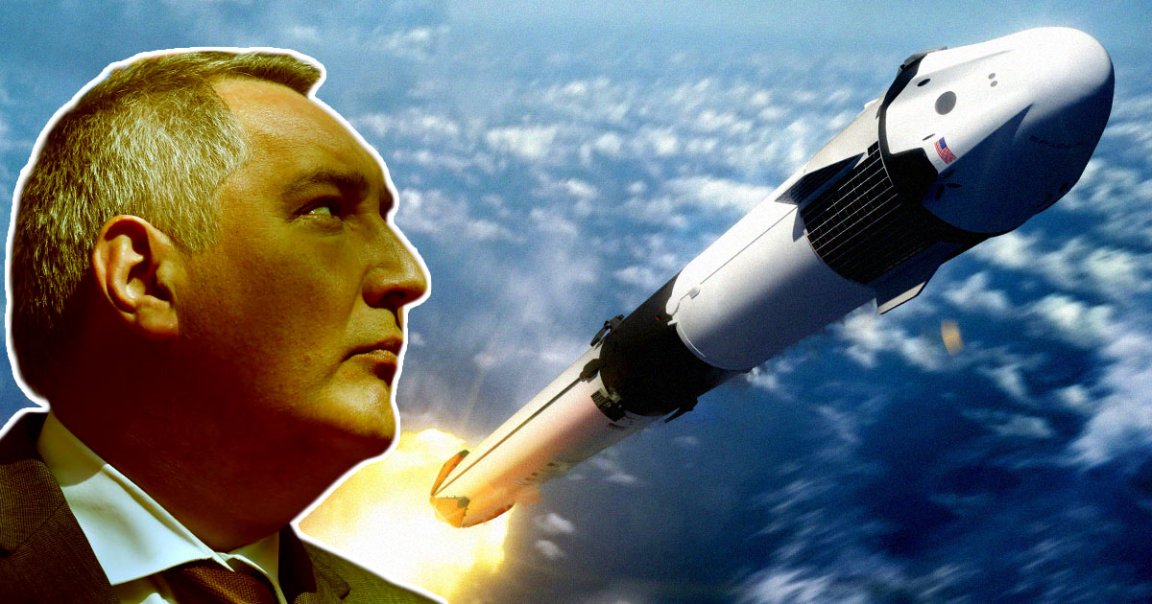
After years of snide remarks, mockery, and even thinly-veiled threats, Russia is ready to make peace with SpaceX.
In fact, Dmitry Rogozin, the bumbling head of the country’s space agency Roscosmos, announced on Twitter today that Russia will send cosmonaut Anna Kikina to the International Space Station late next year on board a SpaceX Crew Dragon capsule — rather than one of the country’s own Soyuz spacecraft.
The arrangement is part of a seat barter agreement, senior SpaceNews writer Jeff Foust pointed out, with a NASA astronaut making the trip on board a Soyuz some time next year as well.
For years, Rogozin and SpaceX CEO Elon Musk have butted heads. But as of late, Rogozin’s actions indicate that the two appear to have buried the hatchet. In other words, NASA, SpaceX, and Russia are ready to collaborate on sending humans into orbit — and that bodes well for the future of space exploration.
“In our view, SpaceX has already acquired enough experience for us to be able to put our cosmonauts on Crew Dragon,” Rogozin said through a translator at a press conference in October.
“I believe we will be in a position to discuss candidates who may be flying to the space station on board the Crew Dragon — Russian cosmonauts, and American astronauts who will be flying to the space station on Russian spacecraft,” he added.
SpaceX has completed several crewed missions to the ISS over the last couple of years, demonstrating its Crew Dragon capsule is ready for primetime.
Will it ever replace Russia’s workhorse, the Soyuz? In the short term, that’s looking unlikely.
The spacecraft has been used since the late 1960s to ferry astronauts into space. While Roscosmos has made several changes to the capsule’s technology over the decades, the basic design remains the same.
The seat barter goes to show that international collaboration can be mutually beneficial, and the continued existence of the ISS is the ultimate proof.
More on collaboration: Russia Admits Defeat, Says It’ll Launch Cosmonauts on SpaceX Spacecraft